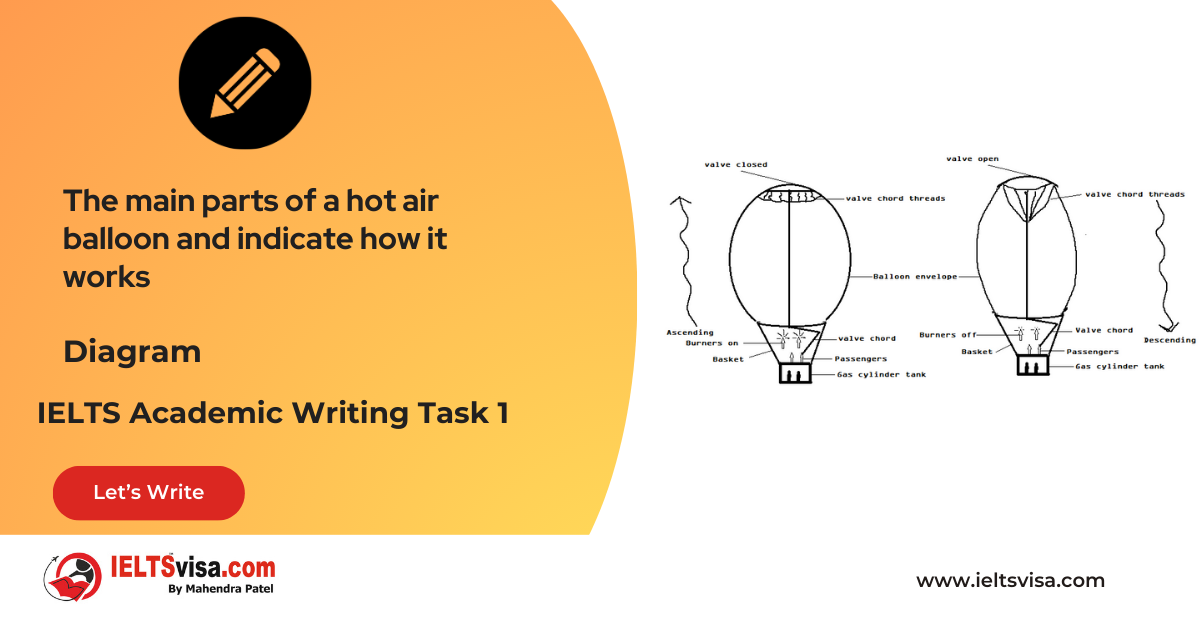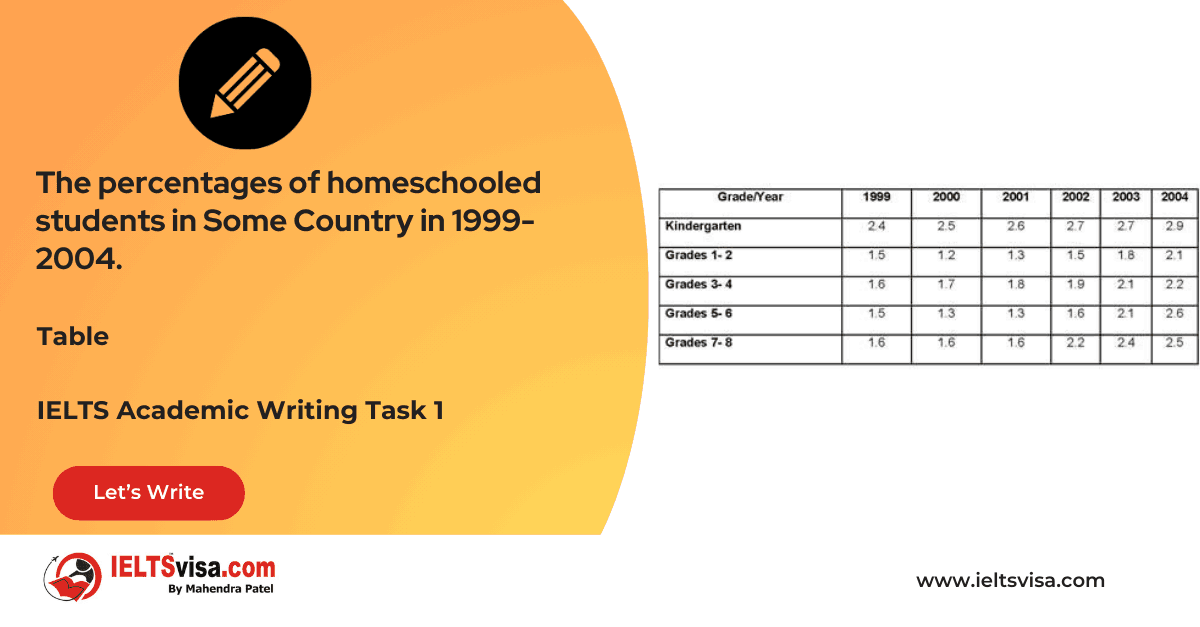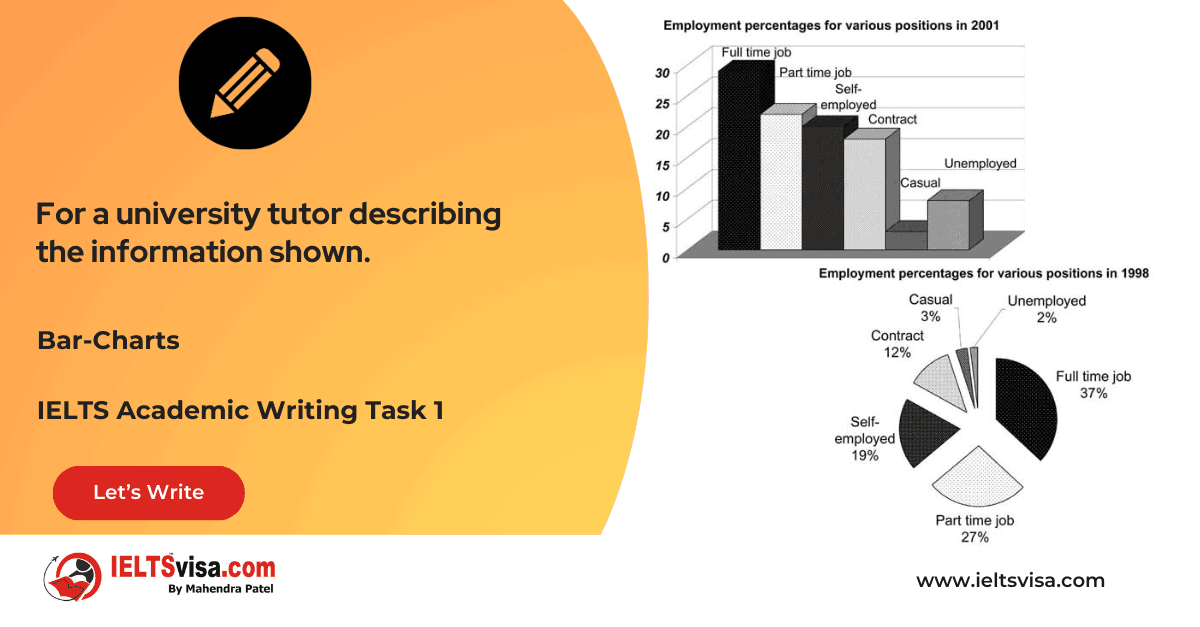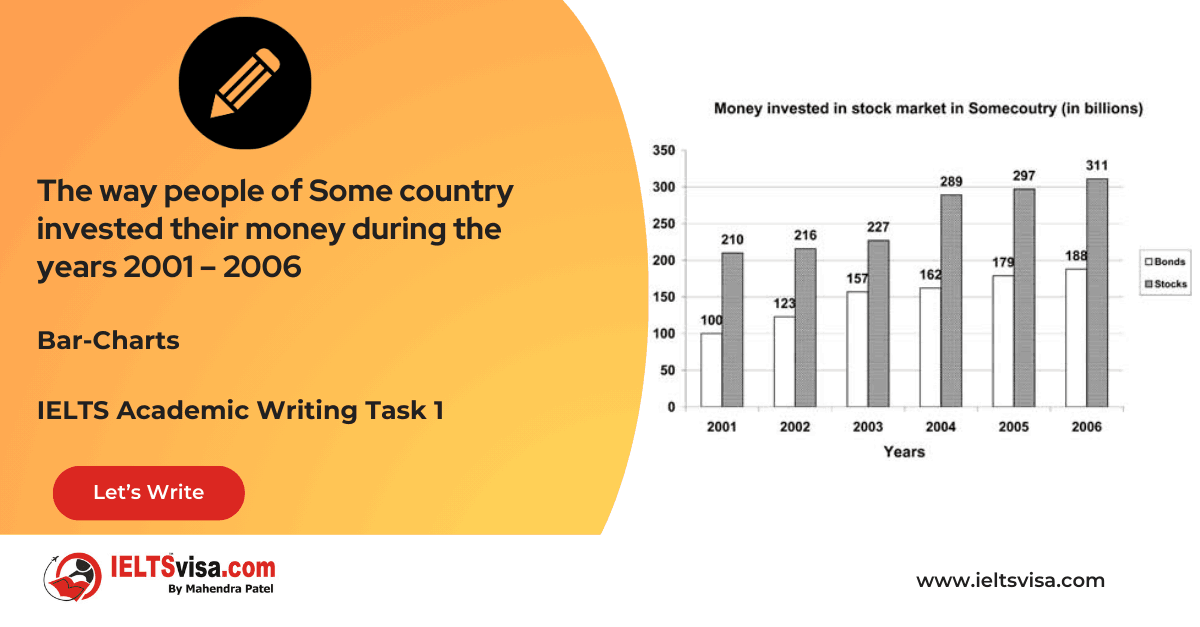The information on waste disposal in a European country from 2005 to 2008
IELTS Academic Writing Task 1 - Bar Graph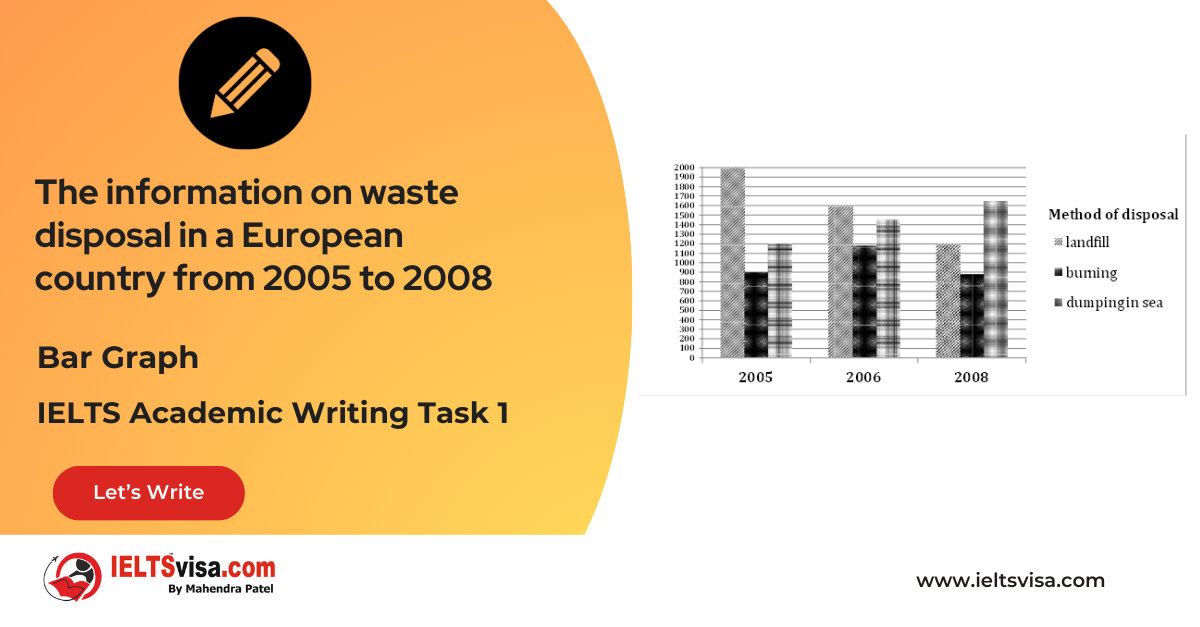
IELTS Writing Task 1 Question
The graph below shows the information on waste disposal in a European country from 2005 to 2008. Summarise the information making comparisons where relevant.
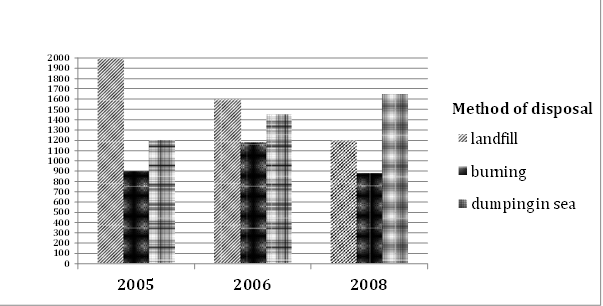
Common Questions for the Bar Graph
1. Graph Type: Bar Graph
2.Title: Waste Disposal Methods in a European Country (2005-2008)
3.Units of Measurement :Million tonnes
4.Who: Not specified (general population of the European country)
5. When: 2005, 2006, 2008
6. Where: A European country
7. Topic: Waste disposal methods over time
Comparison Showing and Trends Any change over time (such as an increase or a decrease) is a trend.
Comparison 1 : Landfill Method
- Details:
1. In 2005, approximately 2000 million tonnes of waste were disposed of using the landfill method
2. The amount decreased each subsequent year, dropping to just 1200 million tonnes by 2008.
Comparison 2: Burning Method
-
Details:
1. Burning accounted for around 900 million tonnes of waste in 2005.
2. The figure for burning remained relatively stable, with just under 900 million tonnes recorded by 2008.
Comparison 3 : Dumping in Sea
Details:
1. In 2005, around 1200 million tonnes were dumped in the sea.
2. The amount increased significantly to over 1600 million tonnes by 2008, making it the most popular method by that year.
.
Sample Answer
The column graph illustrates the various waste disposal methods in a European country from 2005 to 2008. It highlights notable trends in landfill usage, burning, and sea dumping over the specified period.
Overall, the data indicate a decline in landfill usage and an increase in sea dumping, while the burning method of waste disposal remained relatively consistent throughout the period.
In 2005, landfill was the predominant method, with approximately 2000 million tonnes of waste disposed of in this way. However, its popularity declined significantly, with only 1200 million tonnes being disposed of in landfills by 2008. Conversely, the burning method initially accounted for around 900 million tonnes of waste, remaining stable with a similar figure recorded in 2008.
Meanwhile, dumping waste in the sea showed a contrasting trend. In 2005, around 1200 million tonnes were disposed of in this manner, but this figure rose dramatically over the years, reaching over 1600 million tonnes by 2008, making it the most utilized disposal method during that year.
Top 5 Vocabularies
| Vocabulary (type) | Type | Meaning | Synonyms | Examples |
| Illustrate (v.) | Verb | To clarify or explain by using visual aids | Demonstrate, depict, show | “The graph illustrates the methods of waste disposal over time.” |
| Predominant (adj.) | The most prevalent | Dominant, prevailing, leading | “The predominant method of disposal in 2005 was landfill.” | |
| Decline (v.) | Verb | To decrease or diminish | Diminish, lessen, drop | “The amount of waste disposed of in landfills saw a decline.” |
| Fluctuate (v.) | To vary or change irregularly | Change, oscillate, vary | “The burning method of waste disposal fluctuated over the years.” | |
| Contrasting (adj.) | Differing or opposing | Different, opposing, diverging | “The dumping in the sea showed a contrasting trend to landfill disposal.” | |
| Column | Noun | A vertical division in a chart or table | Bar, pillar, vertical | “The column graph illustrates waste disposal methods.” |
| Highlight | Verb | To emphasize or draw attention to | Emphasize, underline, stress | “The graph highlights trends in waste disposal.” |
| Usage | Noun | The act of using something | Use, consumption, practice | “Landfill usage declined significantly over time.” |
| Period | Noun | A length or portion of time | Duration, span, interval | “The data covers the period from 2005 to 2008.” |
| Method | Noun | A way or process of doing something | Approach, technique, process | “Different waste disposal methods were analyzed.” |
| Popularity | Noun | The state of being widely used or liked | Prevalence, acceptance, prominence | “Landfill’s popularity decreased significantly.” |
| Recorded | Verb | Captured or documented in a specific form | Logged, documented, noted | “A similar figure was recorded in 2008.” |
| Dramatically | Adverb | In a striking or significant way | Significantly, drastically, markedly | “Sea dumping increased dramatically over the years.” |
| Consistent | Adjective | Remaining steady and unchanging | Steady, stable, unvarying | “Burning remained relatively consistent.” |
| Increase | Verb | To grow or become larger in size or number | Rise, grow, escalate | “Sea dumping showed an increase in usage.” |
| Decrease | Verb | To become smaller or less | Decline, drop, reduce | “Landfill usage saw a sharp decrease over time.” |
| Initially | Adverb | At the beginning | Originally, firstly | “Burning initially accounted for around 900 million tonnes.” |
| Contrasting | Adjective | Showing a difference or opposition | Opposing, differing, divergent | “Sea dumping showed a contrasting trend to landfill usage.” |
| Utilized | Verb | Made use of | Used, employed, applied | “Sea dumping became the most utilized method by 2008.” |
| Predicted | Verb | Foreseen or expected based on trends | Forecasted, anticipated | “A decline in landfill usage was predicted.” |
| Stable | Adjective | Firmly fixed or steady | Constant, steady, unchanged | “The burning method remained stable over the years.” |
| Notable | Adjective | Worthy of attention or remarkable | Significant, remarkable, striking | “The decline in landfill usage was notable.” |
| Rise | Verb/Noun | To move upward or increase | Climb, grow, escalate | “Sea dumping experienced a rise in usage after 2005.” |
| Steady | Adjective | Regular and consistent | Stable, constant, gradual | “The increase in sea dumping was steady over time.” |
| Significant | Adjective | Of considerable importance or size | Important, notable, considerable | “There was a significant decline in landfill usage.” |

Our Books
Master IELTS Speaking Part 1
IELTS Writing Task 1 Book
IELTS Writing Task 2 Book
Writing Task 1 Question Types
Practice IELTS Other Modules
IELTS Listening
The IELTS Listening test assesses how well you can understand spoken English in various contexts. It lasts about 30 minutes and is divided into four sections with a total of 40 questions. The listening tasks become increasingly difficult as the test progresses.
IELTS Academic Reading
The IELTS Academic Reading section assesses your ability to understand and interpret a variety of texts in academic settings. It is designed to evaluate a range of reading skills, including skimming for gist, reading for main ideas, reading for detail, understanding inferences, and recognizing a writer's opinions and arguments.
IELTS Speaking
The IELTS Speaking test assesses your ability to communicate in English on everyday topics. It lasts 11-14 minutes and consists of three parts: introduction, cue card, and a discussion based on the cue card topic.
IELTS General Reading
IELTS General Reading tests your ability to understand and interpret various types of texts. Here are some key areas and types of content you can expect to encounter in the reading section, along with tips for effective preparation.
IELTS Academic Writing Task 1
In IELTS Academic Writing Task 1, you are presented with a visual representation of information, such as graphs, charts, tables, or diagrams, and you are required to summarize, compare, or explain the data in your own words.
IELTS General Writing Task 1
In IELTS General Writing Task 1, you are required to write a letter based on a given situation. The letter can be formal, semi-formal, or informal, depending on the prompt. Here’s a breakdown of the key components to include in your letter
IELTS Academic Writing Task 2
In IELTS Academic Writing Task 2, you are required to write an essay in response to a question or topic. Here’s a guide to help you understand the essential elements of this task
IELTS Exam Tips
To succeed in the IELTS exam, practice regularly, familiarize yourself with the test format, improve your vocabulary, develop time management skills, and take mock tests to build confidence.
Grammer for IELTS
Grammar is the foundation of effective communication in English. Understanding tense usage, subject-verb agreement, and sentence structure enhances clarity and coherence in writing and speaking.
Vocabulary for IELTS
Vocabulary plays a crucial role in the IELTS (International English Language Testing System) exam, especially in the Speaking and Writing sections. Here’s an overview of why vocabulary is important and how it impacts your performance
RECENT IELTS SAMPLES QUESTIONS AND ANSWERS
Task 1 – Diagram – A conference hall built in 1981 and planned for 2020
20:00 Start Pause Stop [df_adh_heading title_infix="IELTS Writing Task 1 Question" use_divider="on"...
Task 1 – Table – The percentages of homeschooled students in Some Country in 1999-2004.
20:00 Start Pause Stop [df_adh_heading title_infix="IELTS Writing Task 1 Question" use_divider="on"...
Task 1 – Table – For a university tutor describing the information shown.
20:00 Start Pause Stop [df_adh_heading title_infix="IELTS Writing Task 1 Question" use_divider="on"...
Task 1 – Bar-Charts – The way people of Some country invested their money during the years 2001 – 2006
20:00 Start Pause Stop [df_adh_heading title_infix="IELTS Writing Task 1 Question" use_divider="on"...
Task 1 – Diagram – Rainwater Harvesting and Conversion to Drinking Water in an Australian Town.
20:00 Start Pause Stop [df_adh_heading title_infix="IELTS Writing Task 1 Question" use_divider="on"...
Task 1 – Column graph – Percentage of Young People Enrolled in Universities in 2000 and 2007.
20:00 Start Pause Stop [df_adh_heading title_infix="IELTS Writing Task 1 Question" use_divider="on"...

